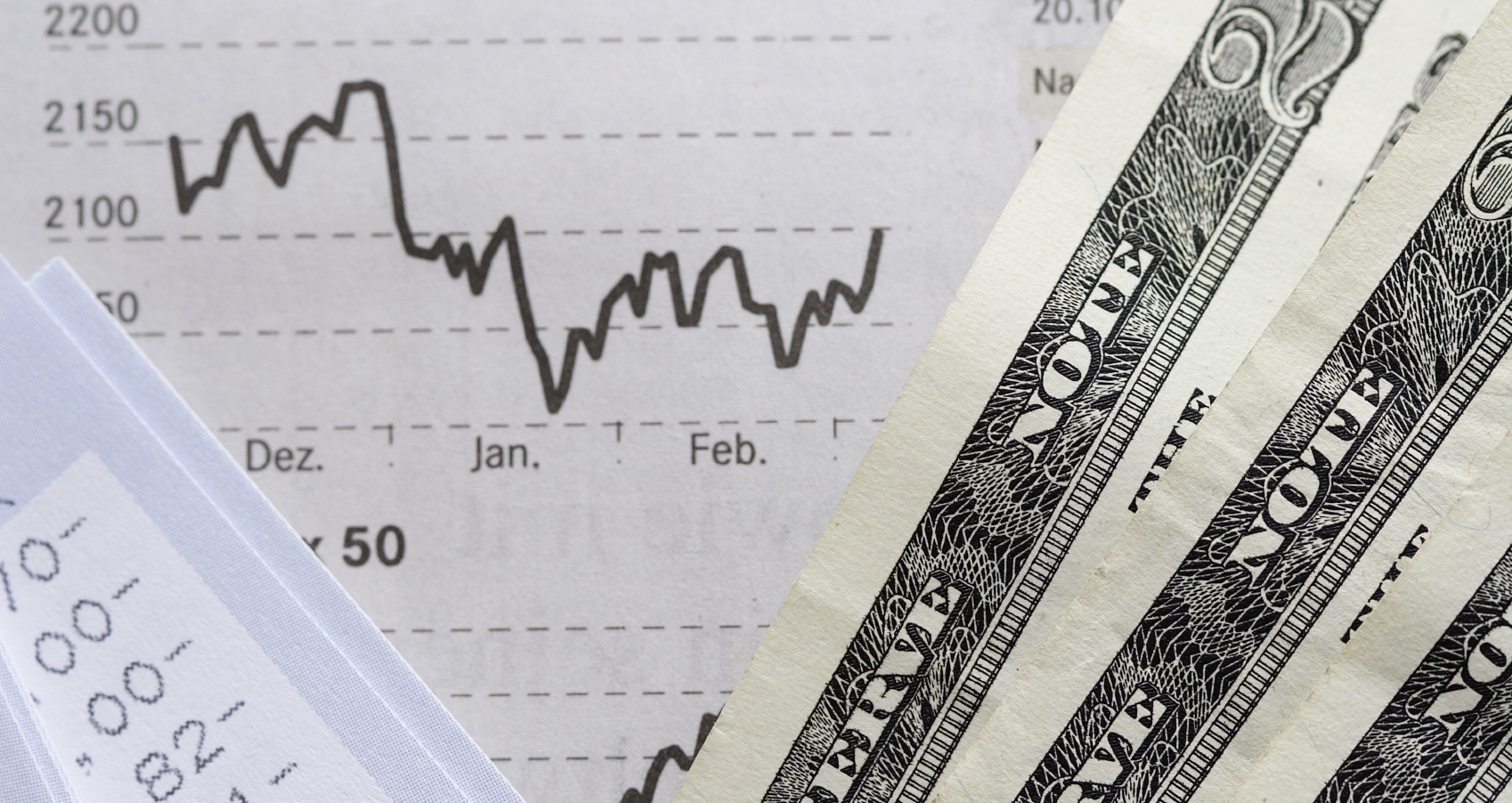
Slow GDP growth: Par for the course in recent recoveries
The Great Recession ended in the second quarter of 2009, according to the National Bureau of Economic Research. Nonetheless, public perception of the health of the economy remains gloomy many months later. Unemployment is persistently high, job growth is sluggish, and home prices in some areas have not yet bottomed out. But one key indicator, the nation’s real output, as measured by Gross Domestic Product, has increased for five consecutive quarters. Although the average quarterly increase (2.9 percent) since the recession ended is on a par with the past two recoveries, the problem is that the gains in output have not been sufficient this time to make a dent in unemployment or restore consumer confidence.
The Great Recession ended in the second quarter of 2009, according to the National Bureau of Economic Research. Nonetheless, public perception of the health of the economy remains gloomy many months later. Unemployment is persistently high, job growth is sluggish, and home prices in some areas have not yet bottomed out.
But one key indicator, the nation’s real output, as measured by Gross Domestic Product, has increased for five consecutive quarters. Although the average quarterly increase (2.9 percent) since the recession ended is on a par with the past two recoveries, the problem is that the gains in output have not been sufficient this time to make a dent in unemployment or restore consumer confidence.
Four Bad Quarters
The recession that began in the fourth quarter (Q4) of 2007 lasted for 18 months, the longest on record in the post-war period. This recession was also marked by four straight quarters of declines in real GDP, more than in other down turns. In the recession of 1991, for example, GDP only declined for two consecutive quarters.
In 2001, real GDP declined in two quarters, but those dips were not consecutive. The recession of 2007 also had the second-deepest one-quarter decline of the post-war period, when GDP fell by 6.8 percent in 2008 Q4. The only other post-war quarter with a steeper drop in output was recorded in 1980 Q2, when GDP tumbled by 7.9 percent.
Five Quarters at Par
In spite of the severity of the recession, the recovery of output at least has been on par with growth rates recorded after the two most recent recessions, 1991 and 2001 (see table). The average quarterly growth of 2.9 percent in the five quarters since the recession end in 2009 Q2 exceeds by a full percentage point the five quarter growth after the recession of 2001, and is similar to the 3.0 average growth in the five quarters after the end of the recession of 1991.
Although the current recovery looks somewhat similar to the aftermaths of the two recent recessions, the pace of growth is anemic compared to much earlier periods. As shown in the table, GDP gains after recessions in the 1960s, 70s and 80s soared in comparison, with growth rebounding at rates of 5 and 6 percent.
GDP Growth has Become Slower After Recent Recessions
Average GDP Growth In Next Five Quarters by Recession End Quarter
- 1961 Q1: 6.9%
- 1970 Q4: 5.1%
- 1975 Q1: 5.5%
- 1980 Q3: 2.6%
- 1982 Q2: 7.8%
- 1991 Q1: 3.0%
- 2001 Q4: 1.9%
- 2009 Q2: 2.9%
Source: Percent quarterly growth in inflation-adjusted Gross Domestic Product (GDP) from the U.S. Bureau of Economic Analysis; recession end dates from National Bureau of Economic Research
The available evidence seems to suggest that recovery periods in recent recessions now take longer and indicators are going to stay weaker than in earlier times. For example, the period required for employment to recover to previous peaks averaged 20 months in 8 post war recessions. In the recession of 2001, full recovery for employment took 48 months, and in the current recession full recovery to prior peak employment may take as long as 60 to 70 months.
Forecasts
This month's W. P. Carey Round Number Forecast for GDP has been revised to bring the 2010 Q4 forecast up to 3.0 percent. Early reports on holiday retail spending by consumers point toward growth of perhaps 4.0 percent, the best for the season since 2005. Overall consumer spending (up 3.0 percent) will provide a boost to the quarter. But Federal, state and local government spending will be of minimal help to growth in Q4.
The forecast for 2011 has been dialed back to 2.5 percent real growth for GDP(see table). This is a temporary adjustment pending action by Congress to lay out a fiscal policy package.
If the current (as of December 15) proposal passes intact, it is likely that GDP growth will move closer to 3.0 percent next year. Economy watchers expect residential housing to improve in the second half of the year. Business capital spending and exports should remain firm. But 3.0 percent GDP growth is not enough to bring down unemployment rates by much. Weak labor market conditions combined with still-falling home prices will keep consumers cautious throughout 2011.
Latest news
- Innovation, community, and career relevance at ASU stand out for master’s in accounting alum Jack Logsdon
Jack Logsdon (MACC '24) came to W. P.
- Hands-on real estate learning helps MBA students make an impact
Recent graduate Carson Thrift (MBA '25) applied skills from his Full-…
- Master's in finance program helps Adam Ray find confidence, purpose in career
Adam Ray (MS-FIN '25) chose to stay at W. P.